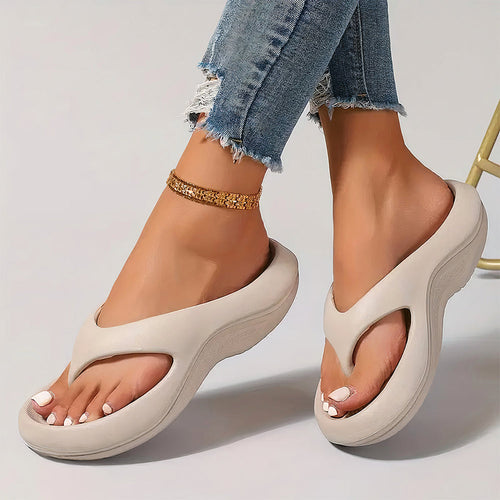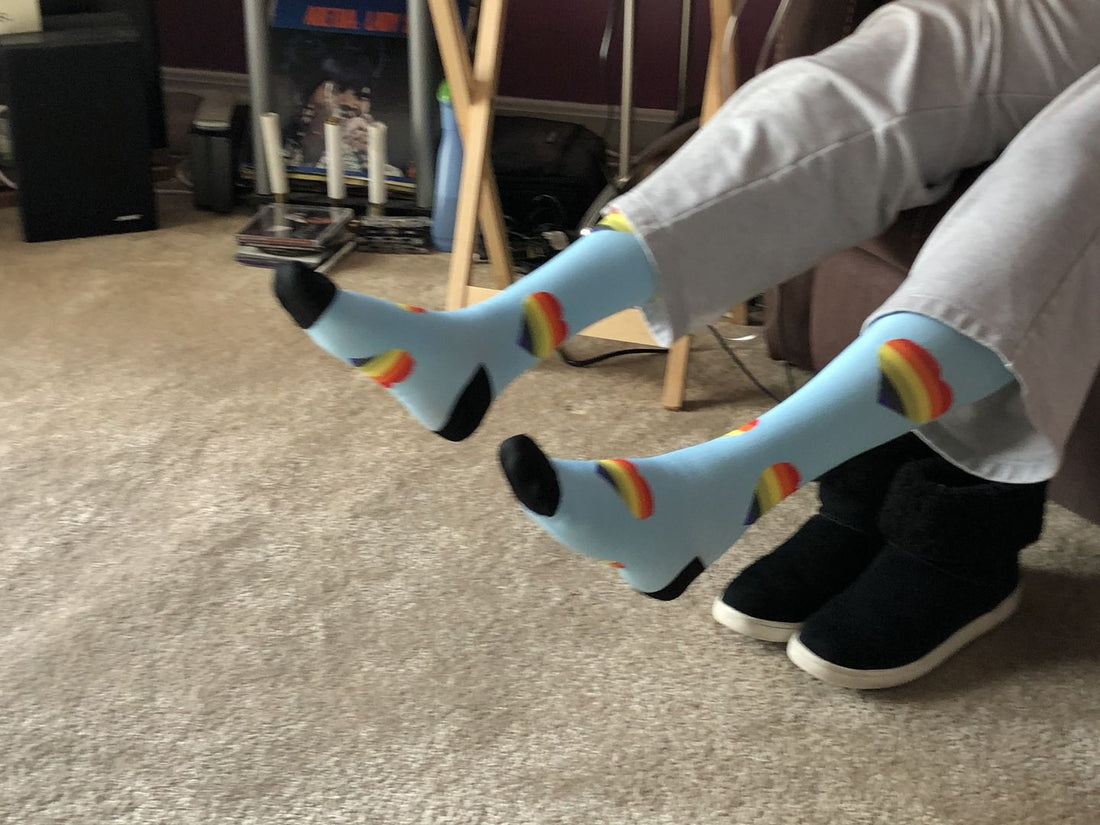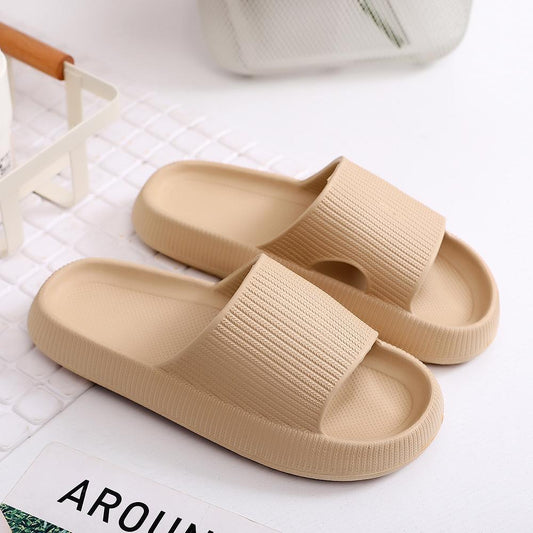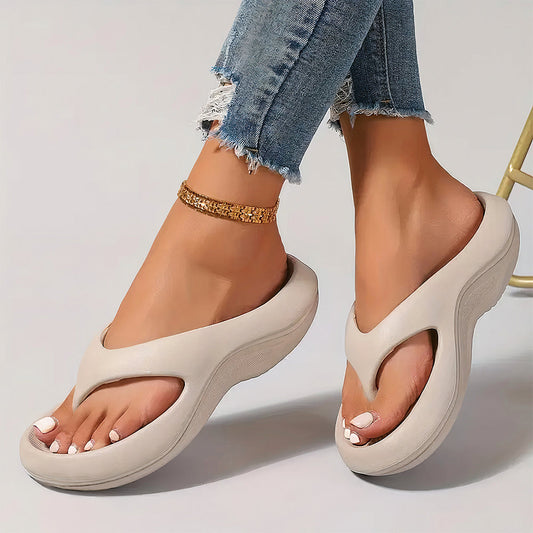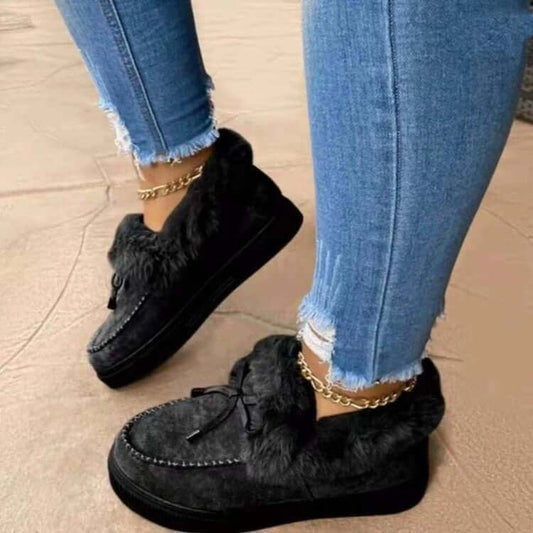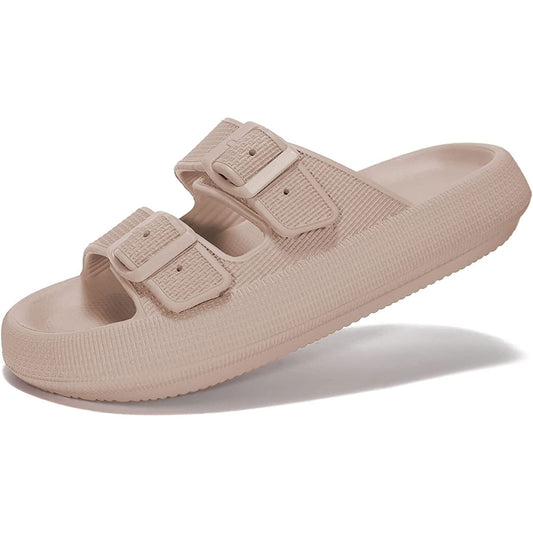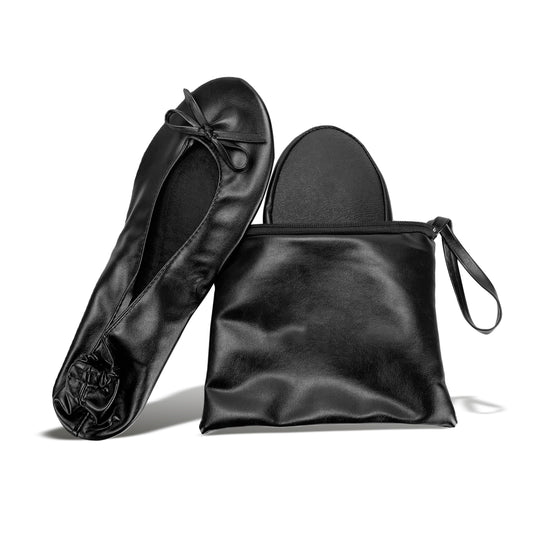Socks play a crucial role in preventing blisters, as they act as a barrier between your foot and your shoe. When choosing socks to prevent blisters, there are a few key factors to consider.
Preventing Blisters: The Importance of Choosing the Right Socks
First and foremost, it's important to choose a sock that fits well and doesn't bunch or slip. Socks that are too tight can cause friction and discomfort, while those that are too loose can lead to bunching and sliding, both of which can increase the risk of blisters.
One of the best types of socks for preventing blisters is those made with moisture-wicking material. These types of socks are designed to pull sweat away from the skin, which helps to keep feet dry and comfortable. This is particularly important in warm weather, when feet are more likely to sweat and become irritated.
Another feature to look for in a blister-preventing sock is padding. Socks with extra padding in areas where blisters are most likely to form, such as the heel and ball of the foot, can help to reduce pressure and friction on these areas.
Lastly, consider the material of the sock. Synthetic materials such as polyester and nylon are popular choices because they are lightweight, breathable, and quick-drying, which can reduce the risk of blisters.
In conclusion, the key to preventing blisters is to choose a sock that fits well, wicks away moisture, and has extra padding in the areas where blisters are most likely to form. Look for a sock that is made from synthetic materials, such as polyester and nylon, which will help keep your feet dry and comfortable.



